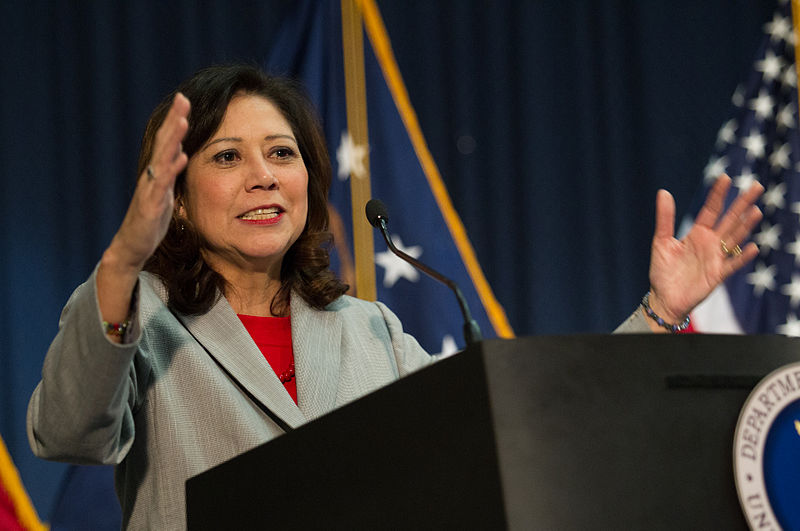
Source: Hilda Solis - DF-SD-07-44583,
Angela Elbern, Wikimedia

Source: Tracy Price-Thompson - AF8E6923,
USDOL, Wikimedia
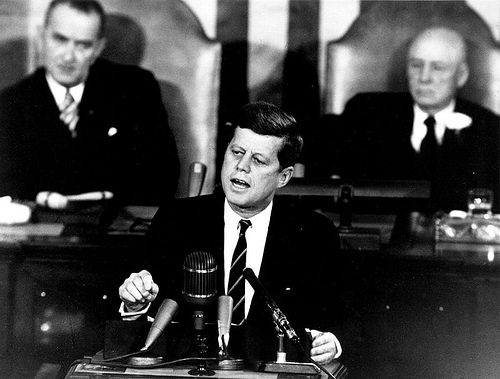
Source: Kennedy_Moon_speech_25_May_1961,
My American Odyssey, Flickr
A speech is an address given to an audience on a variety of occasions and for a variety of purposes. Depending on the occasion and purpose, a speaker may aim to inspire or to motivate (half-time locker-room pep talks and college graduation speeches), to amuse (late-night talk-show comical monologues), or to inform (college lectures).
In this lesson, you will learn to analyze persuasive speeches, those that are intended to sway the audience to agree with the speaker. You will examine the impact of rhetorical structure and the use of devices in famous speeches.
Many famous persuasive speeches have marked turning points in history. Do you know who spoke the unforgettable words below? Dates and places have been provided as hints. Match the words with their speakers by dragging and dropping each speaker from the right column into the corresponding circle on the left.
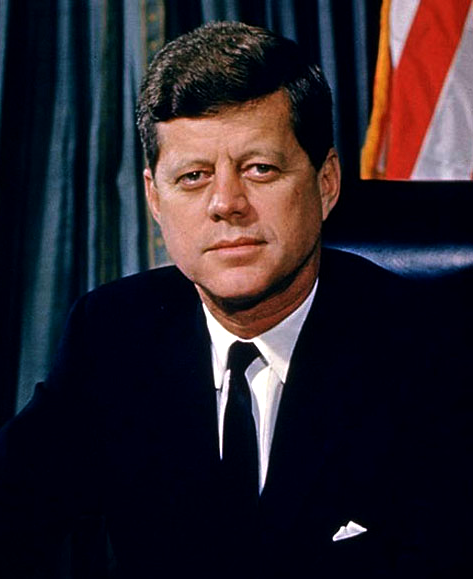
Source: JohnFK, Alfred
Eisenstaedt, Wikimedia
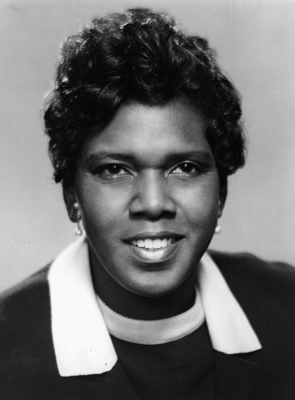
Source: Rep_Barbara
Jordan, Office of the Clerk,
U.S. House of
Representatives,
Wikimedia
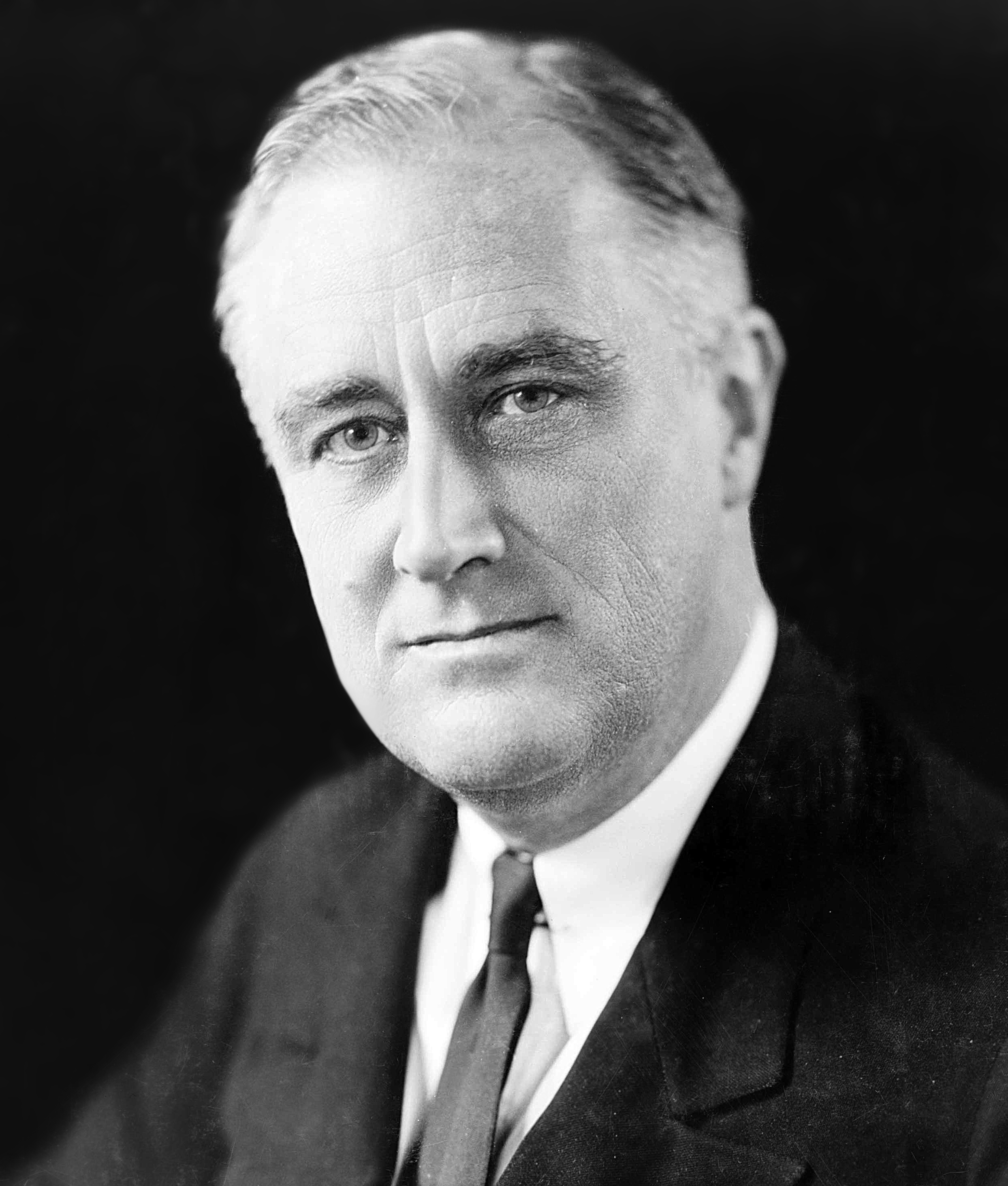
FDR in 1933, Elias Goldensky,
Wikipedia
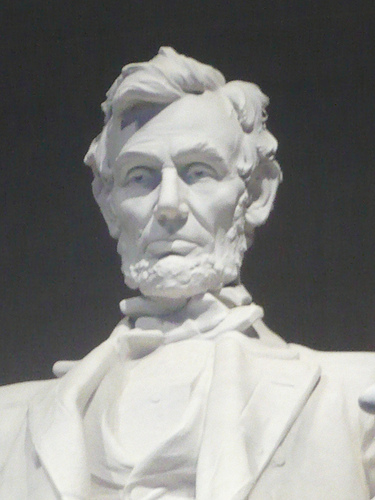
Source: Abraham Lincoln,
Pali Camus, Flickr

Source: BarackObamaportrait,
U.S. Senate, Wikimedia

How did you do? You were probably able to identify some, if not all, of the speakers because their persuasive words are so well known. In the next part of the lesson, you will look at the rhetorical triangle of speaker, audience, and purpose and see how those elements of an argument’s structure contribute to its persuasiveness.